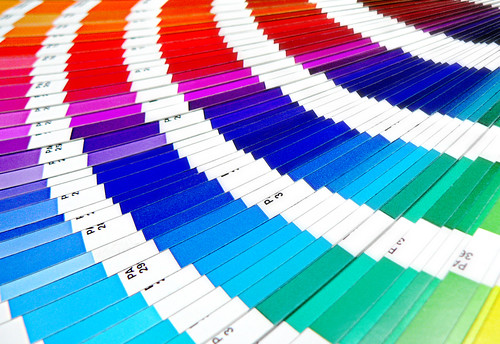Note: For an updated version of the information below, download Self-Publishing Basic Training for FREE (you’ll also get some nifty extras)!
Well recruits, our series on Self-Publishing Basics is beginning to wrap up! We hope you all have gotten as much out of reading it as we have writing it — it has been a wonderful way to organize what can be a jumbled, confusing process. For a recap, check out the previous posts on Pre-Planning, Writing, Editing, Reasons & Tips and Details.
Riddle time! What’s the first thing readers will (or won’t, if it’s done correctly) notice about your book? Hint: it’s also the first way it will be “tested” for self-publishing stigma.
The answer is design. Kinda obvious since it’s the title of the post, huh?
As seemingly everything involved in self-publishing, design can be complicated. Some authors spend too much time here, while others don’t spend enough — the ideal is that perfect middle ground of a great-looking book that doesn’t cost you a fortune or take months to complete. To that end, we now present our list of things you should know about book design:
7 Things To Know About Book Design
- You Don’t Have to Leave it to the Pros
As we’ve discussed before, great design doesn’t just come from the pros. While they have the tools, time and experience to make your book shine, you can produce similar results on your own. We don’t want to mislead you — if you really want your book’s design to compete with that of traditionally published books it’s going to take quite a bit of time and research into book design techniques and best practices — but, it can be done! - Leaving it to the Pros Might not be the Worst Idea
You might find that it makes more financial sense to find a pro to do your book design — and, truthfully, it’s a great investment. They’ll know exactly what to do to make your book stand out from the self-published crowd. The best part — it really doesn’t cost a fortune. Check around for designers in your local area or search online, but make sure you find the designer that’s right for you. - It’s More than a Pretty Cover
Cover design (understandably) gets most of the book design attention and love, but the truth is the interior layout makes just as much of an impact. It’s where your readers spend the most of their time, so make it readable and professional. - It Influences Your Printing Costs
It’s an often-overlooked fact, but design can influence your printing costs. For the cover, the weight and type of cover stock (paper) used make a difference. For the interior, spacing, fonts, font sizes and margins all affect the number of pages in your book — which has a direct correlation with the cost to print each book. Strive for a balance here — 8pt type may save you some money on printing, but it will cost you in readers abandoning your book due to headaches! - Make it Appropriate for your Target Market and Genre
Would a photo of a sexy female vampire on the cover of a non-fiction book about World War II strike the right chord? Eh, probably not. As discussed previously in our Cover FAIL series, you’ll want to spend some time examining other books in your genre to see how they’re designed. The goal here is to fit in WHILE standing out. - A Well-designed Book is your Best Marketing Tool
When we see authors out and about, whether it’s on TV, at a bookstore or visiting a blog their book is never far out of reach — for this reason it’s integral to take design seriously! Your cover will be seen in the vast majority of your promotional materials, and many readers will thumb through the interior or even read a chapter or two before deciding to purchase. Make sure they’re focusing on your writing — not subpar design. - If it’s Done Right, No One Will Know
When design is done properly, it will allow your words to shine even brighter. The best design is unnoticed and serves it’s purpose silently, effectively convincing readers that you’re the real deal!
Many indie authors worry about their look looking “self-published” or about the “stigma” attached to self-published work. Professional editing and design are two of the best ways to avoid this — seriously. If your book looks and sounds like those that are traditionally published, the vast majority of readers will have no clue that it was, in fact, self-published.
Resources
- The Book Design Review: Although now on hiatus, it remains a great resource of book design examples and information.
- Self-Published Design Review: Reviews of the design of self-published titles.
- Basic Book Design: A Wikibook offering up the basics of, well, book design.
What has been your experience with book design? Did you do-it-yourself or hire a pro? Let us know in the comments!
This post is part of our Self-Publishing Basics series. Don’t miss a post — subscribe to our RSS feed or receive posts via e-mail.

 We're
We're 









Pingback: Do Professionally-Designed Book Covers Make a Difference? [Discussion] | Self Publishing Team | Duolit()